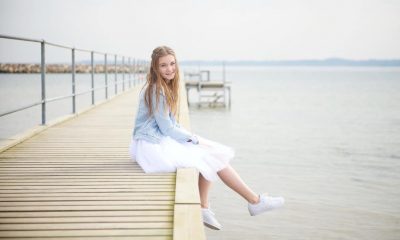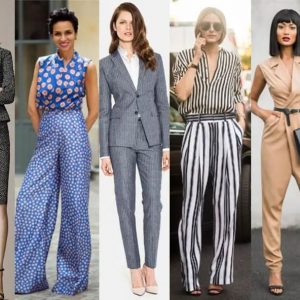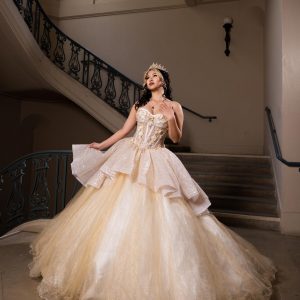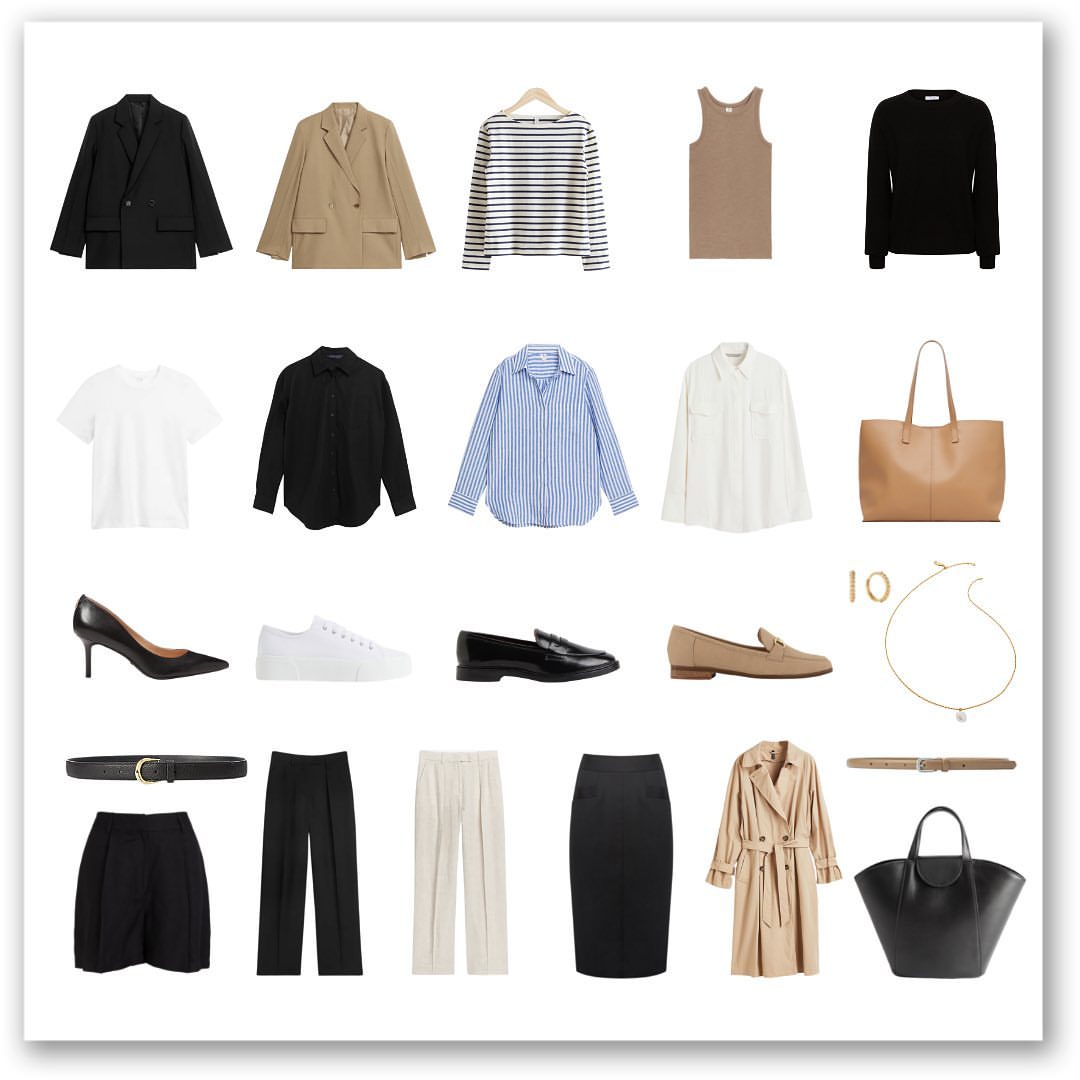
You’ve heard it before, “You never get a second chance to make a first impression.” And that’s especially true when it comes to job interviews. The moment you walk into a room, the interview has begun, and the interviewer will immediately form an impression based on your appearance. But don’t fret, dressing right for an interview is less complicated than you think.

1. Importance of First Impressions
First impressions are formed within seconds, and they’re notoriously hard to change. This is why your appearance plays a significant role during an interview. Your attire communicates your professionalism, your respect for the company and the role, and it can even show a bit of your personality.
2. Significance of Appropriate Attire
Appropriate attire does more than just make you look good; it’s a reflection of your understanding of the company’s culture and the role’s demands. Wearing appropriate clothes shows that you’ve taken the time to research and understand the company’s values, demonstrating your commitment to the role. It also suggests that you have the judgement to adapt to different professional settings, a valuable skill in today’s diverse workplace.
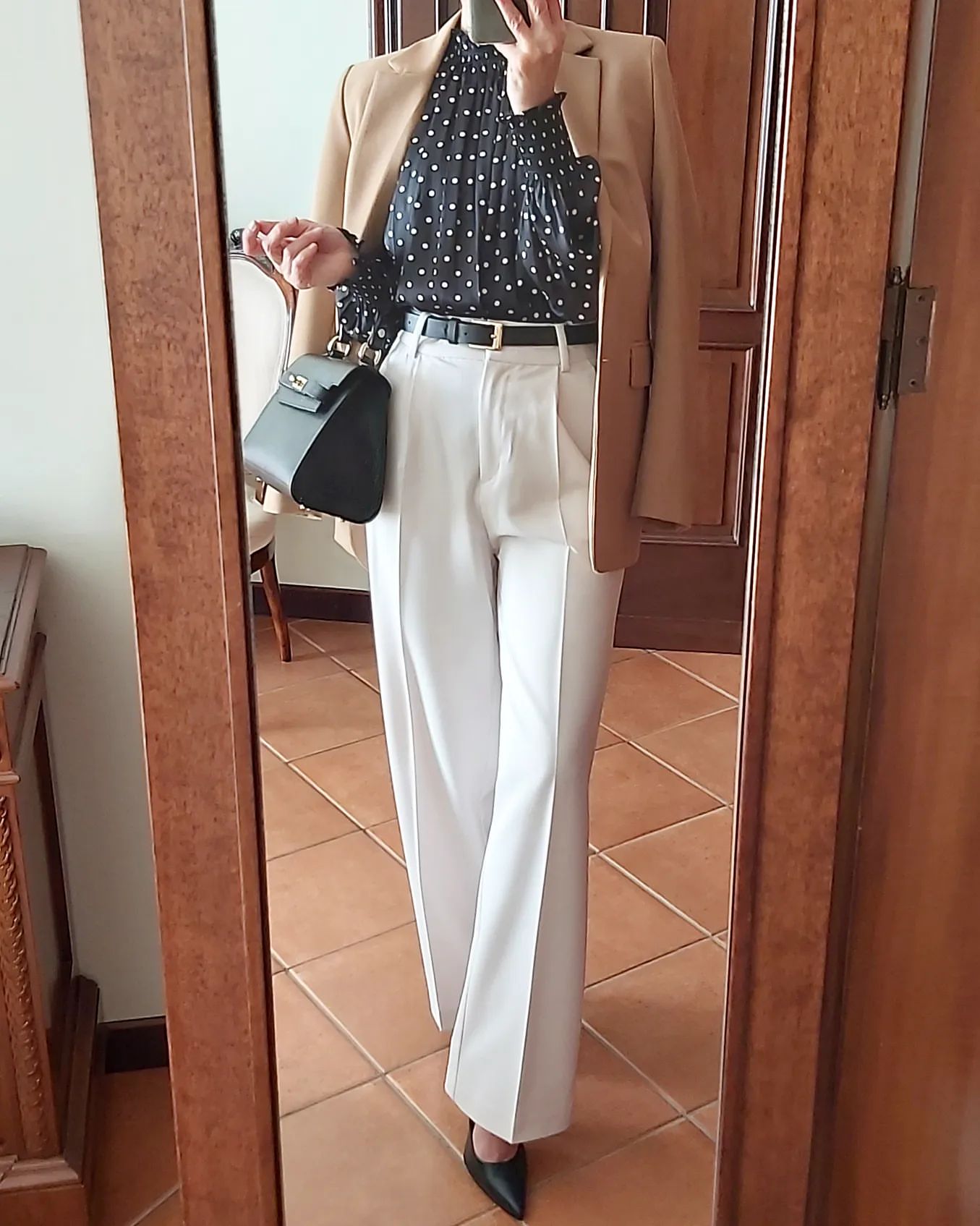
Research the Company Culture:
1. Understanding the Company’s Dress Code and Culture
Each company has a unique culture and dress code. While some companies prefer formal business attire, others might lean towards business casual or even casual outfits. To align your attire with the company culture, you’ll first need to understand what that culture is. Browse the company’s website, social media profiles, and recent press releases to get a sense of its culture and dress code.
2. Methods to Research Company Culture
Besides the company’s official channels, you can also look at employee review websites for insights on the company culture. Another effective method is networking. If you know someone who works at the company or in the same industry, they can give you firsthand information on what’s expected. Job fairs, industry events, or LinkedIn can also be good sources of information.
3. Aligning Your Attire with Company Expectations
Once you have a good sense of the company’s dress code and culture, you can then align your attire with company expectations. If the company has a formal dress code, opt for business suits in neutral colors. If it’s a business casual environment, a combination of a neat blouse or shirt and trousers or a skirt would work. If the company has a casual dress code, neat, wrinkle-free, and appropriate casual wear is acceptable. Always remember, it’s better to be slightly overdressed than underdressed for an interview.
Dressing Guidelines for Different Interview Settings:
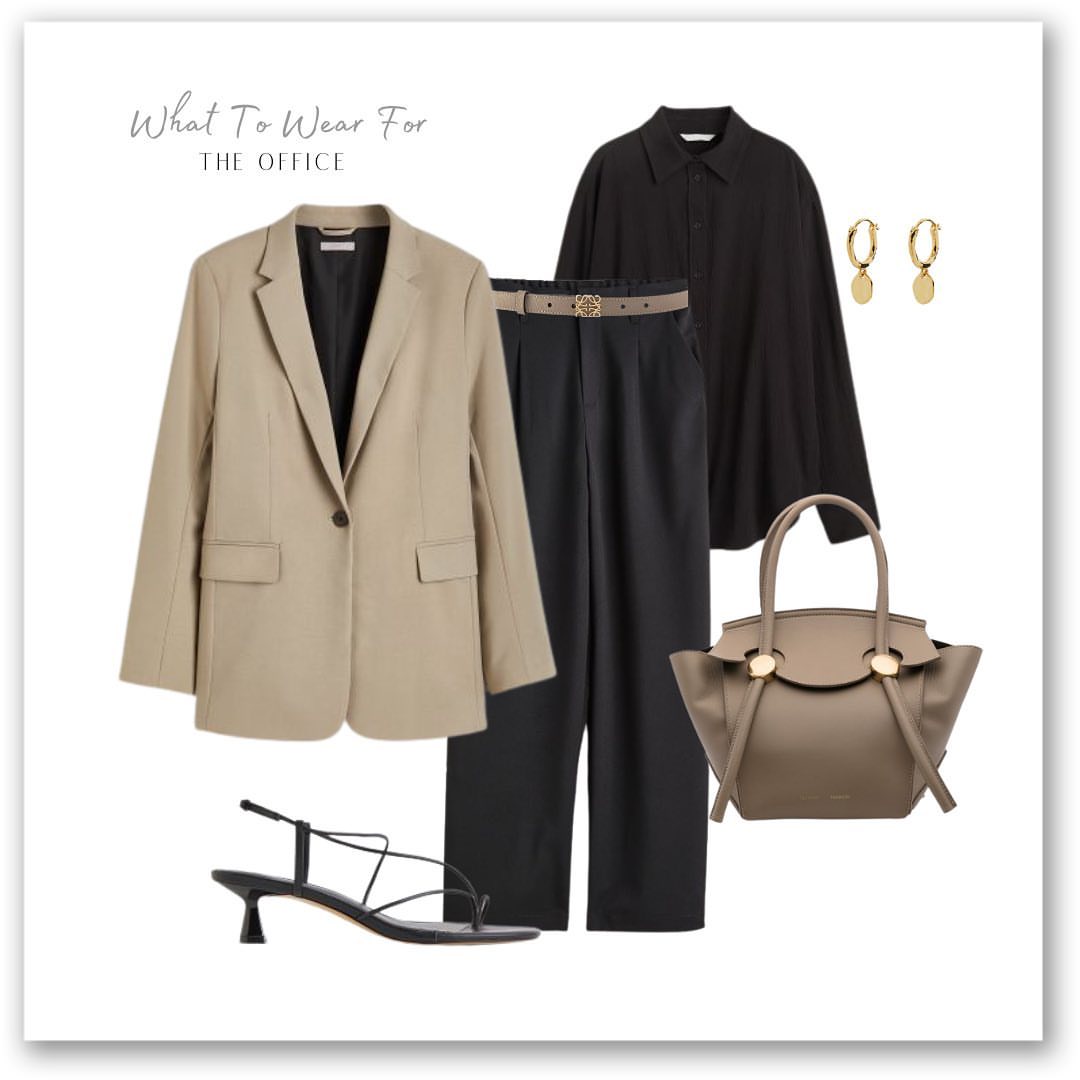
1. Corporate or Formal Settings
1.1 Choosing a Well-Fitted Suit in Neutral Colors
In corporate or formal environments, your go-to should be a well-fitted suit in neutral colors like black, navy blue, or gray. The fit should be just right, not too tight nor too baggy, ensuring a professional look. The color choice is equally important; stick to neutrals, as they convey a sense of seriousness and professionalism.
1.2 Selecting Appropriate Shirts or Blouses
For shirts or blouses, choose light, solid colors like white or light blue, which blend well with neutral-colored suits. Ensure your blouse or shirt is crisp, clean, and wrinkle-free. Avoid flashy prints or patterns that may be distracting.
1.3 Footwear and Accessories for a Formal Setting
When it comes to footwear, opt for a pair of clean, polished shoes, ideally in black or brown. Socks should match your shoes. Accessorize minimally – a quality wristwatch and modest jewelry (if any) will do the trick.
2. Business Casual Settings
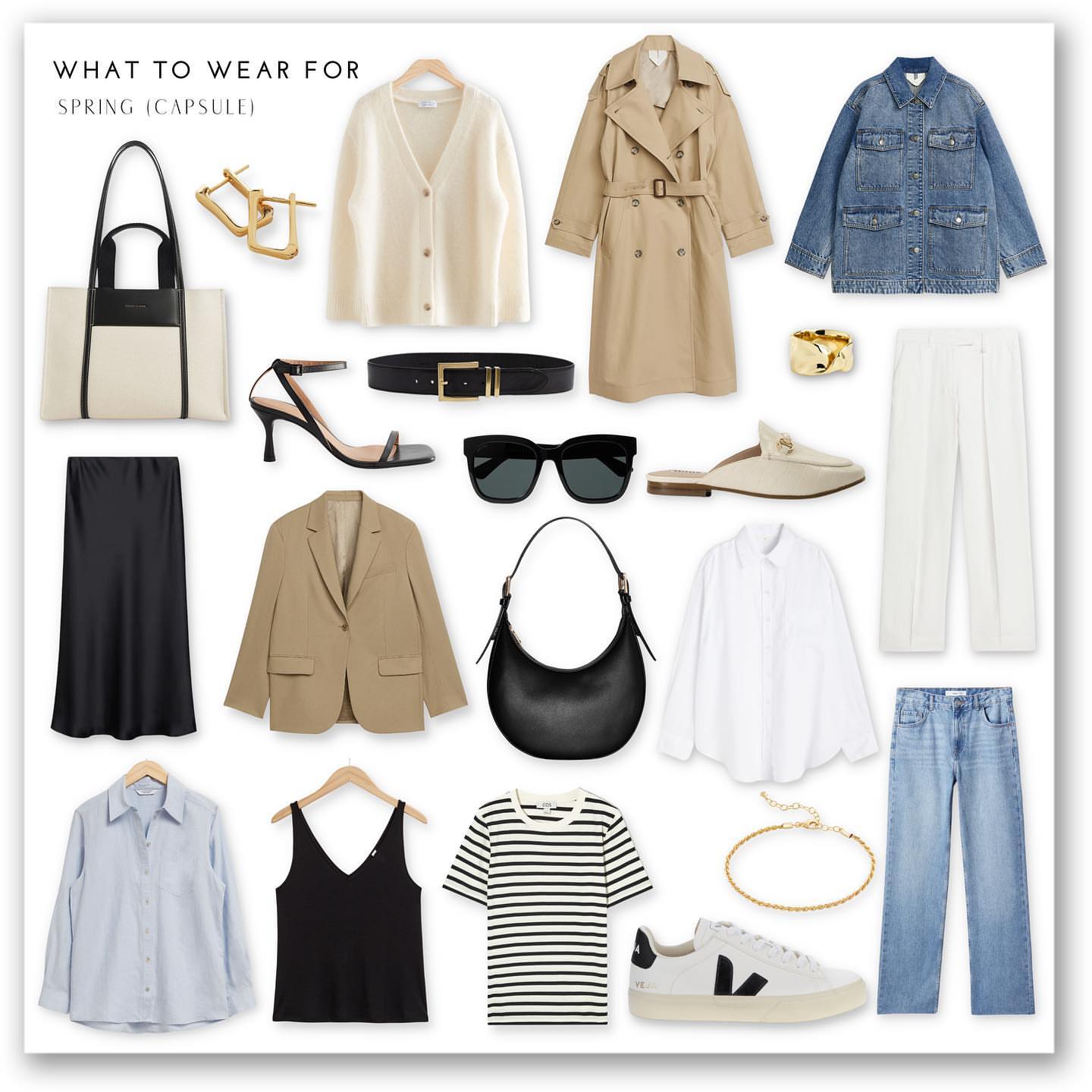
2.1 Balancing Professionalism and Personal Style
In a business casual setting, balance professionalism with personal style. While you can be a bit more relaxed, it’s still essential to maintain a polished appearance.
2.2 Suitable Options for Business Casual Attire
Consider pairing dress pants or a pencil skirt with a button-down shirt, or perhaps a dress paired with a cardigan or blazer. Neutrals are still the safest option, but you can also add a pop of color with your blouse or accessories.
2.3 Guidelines for Shoes and Accessories
In terms of footwear, opt for closed-toe flats or modest heels. For accessories, a belt can add a stylish touch while a professional handbag can enhance your overall look.
3. Creative or Startup Environments
3.1 Incorporating Personality while Maintaining Professionalism
In creative or startup environments, there’s more leeway to express your personal style. However, you should still aim to project a professional image.
3.2 Examples of Stylish Outfits for Creative Settings
You might opt for dark denim paired with a chic blouse and a statement necklace, or perhaps a trendy dress accessorized with a colorful scarf.
3.3 Striking the Right Balance between Creativity and Professionalism
While showing personality, remember to strike a balance. It’s crucial to appear stylish without looking like you’re heading to a party. Keep your attire creative yet neat, and make sure that your choice of clothes doesn’t overshadow your professional abilities.
Read more:
12 Professional Outfits For Confidence In An Interview
How to Put Together a Professional Look – Professional Outfits for Women
Grooming and Presentation:
1. Ensuring Clean and Well-Maintained Clothes
Clean, well-maintained clothes are a must. Make sure your attire is free from stains or lint, properly ironed and neat. No loose threads or missing buttons should be visible. Clean clothes help you project an image of tidiness and organization.
2. Tips for Neat and Appropriate Hairstyles
Your hairstyle should be professional and neat. For women, a bun, ponytail, or hair left loose but neatly combed are acceptable styles. For men, a neat, trimmed haircut works best. Avoid flashy hairstyles or bright hair colors that may detract from your professional image.
3. Guidelines for Personal Hygiene and Grooming Habits
Maintaining good personal hygiene is vital. Brush your teeth, use mouthwash, and ensure your breath is fresh. Use a gentle, pleasing perfume or cologne, but don’t overdo it. Ensure your body is clean, and you’ve applied deodorant.
4. Maintaining Clean and Trimmed Nails
Nails should be clean and well-trimmed. Long, flashy, or brightly colored nails can be distracting. Opt for a clear polish or a soft, neutral color.
Read more:
What Not To Wear for the Job Interview
While it’s important to know what to wear, it’s equally crucial to understand what to avoid. Here are some common missteps to be aware of when choosing your interview outfit.
1. Overly Casual Attire
Even if the company has a casual dress code, an interview is a more formal situation. Avoid wearing items such as ripped jeans, shorts, or graphic t-shirts. Always lean towards more professional clothing to show respect and seriousness about the position.
2. Bright and Flashy Colors
While a splash of color can show personality, overly bright or neon colors can be distracting. Instead, stick with neutral colors for your main outfit, and if you want to add color, do so sparingly with your accessories.
3. Ill-fitting Clothes
Clothes that are too tight, too loose, or simply don’t fit well can give a sloppy impression. Make sure your interview outfit fits you well and is comfortable enough to sit and walk in for some time.
4. Too Much Perfume or Cologne
While it’s important to smell good, overwhelming the interviewer with a strong scent can be off-putting. Keep it subtle.
5. Distracting Accessories
Large, noisy, or flashy jewelry can be distracting during an interview. Opt for minimalist and subtle accessories.
6. Informal Footwear
Avoid wearing casual footwear like sneakers or flip flops. Even if the company is casual, it’s better to go for formal shoes or neat, polished boots.
7. Too Much Makeup
While makeup can enhance your features, too much of it can become a distraction. Stick to a natural and neat makeup look.
8. Non-conservative Clothing
Avoid overly revealing or flashy outfits. No matter the company culture, it’s best to stick to a conservative clothing choice for an interview. This includes avoiding short hemlines, low necklines, or see-through materials.
Pay Attention to Details:
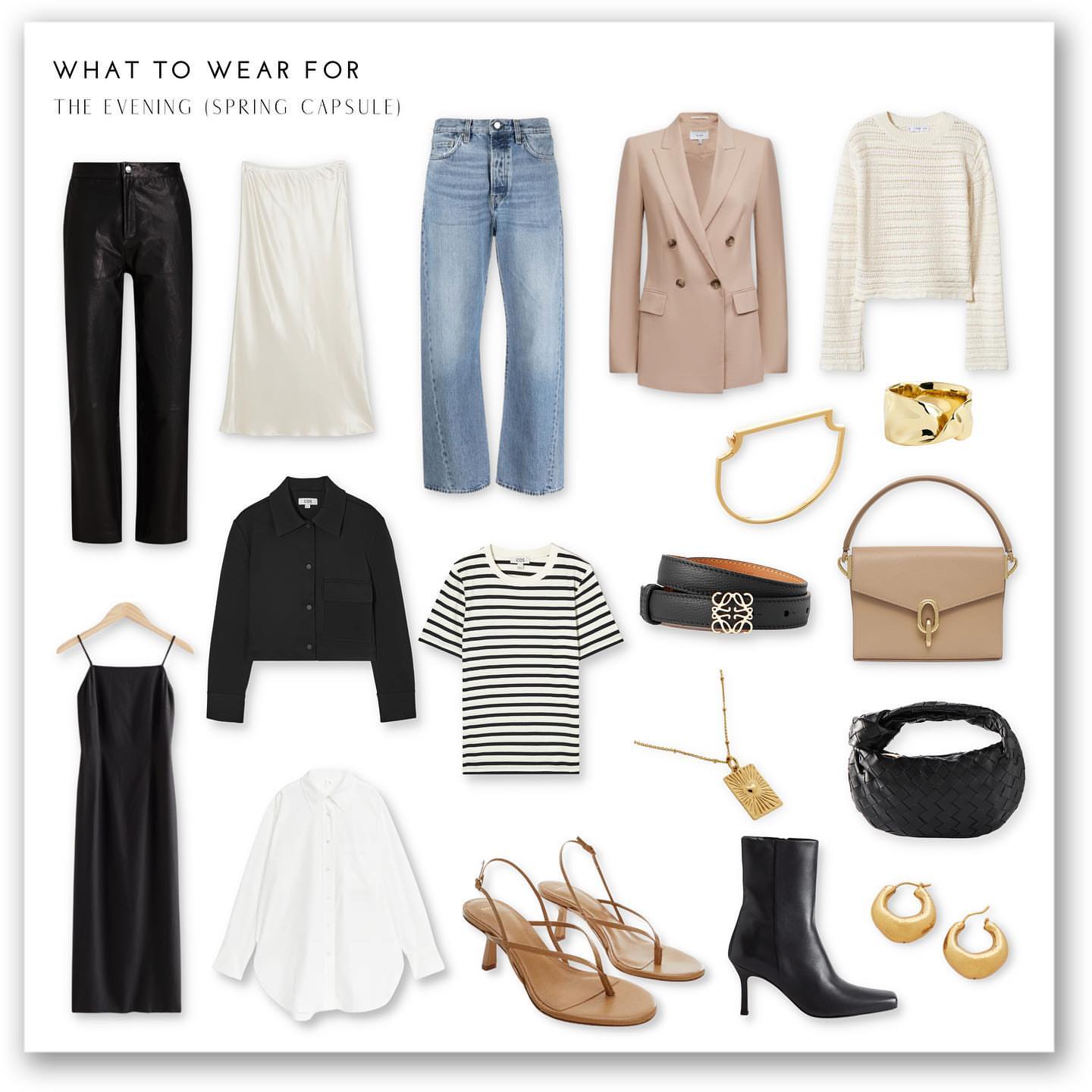
1. Importance of Well-Maintained Footwear
Footwear should be clean and in good condition. Scuffed, worn-out shoes can tarnish an otherwise excellent impression. Invest in a good pair of professional shoes and maintain them well.
2. Choosing a Professional Bag or Briefcase
Depending on the role and industry, a professional bag or briefcase can enhance your image. Ensure it’s clean and in good shape. It should be large enough to carry your documents without being overly bulky.
3. Appropriate Selection of Jewelry and Accessories
Keep jewelry and accessories minimal and classy. A simple wristwatch, a pair of stud earrings, or a simple necklace is often enough. Avoid large, flashy accessories.
4. Avoiding Excessive Makeup or Flashy Nail Polish
Makeup should enhance your natural beauty, not overpower it. Stick to neutral colors and avoid heavy makeup. Your nail polish should also be subtle and professional. Stick to nudes, light pinks, or a clear gloss.
Conclusion:
1. Recap of the Importance of Dressing Appropriately for Job Interviews
Dressing appropriately for a job interview is not just about looking good. It’s about projecting a professional image that aligns with the company’s culture. It shows respect for the interviewer and the company, demonstrating that you take the opportunity seriously.
2. Final Words of Advice on Radiating Confidence and Professionalism
Remember, the key to a successful job interview doesn’t just lie in how you dress, but also in how you carry yourself. Radiate confidence, maintain eye contact, offer a firm handshake, and most importantly, let your personality shine.
3. Encouragement to Let Qualifications Shine During the Interview
Lastly, while attire is important, remember it’s your skills and qualifications that ultimately matter. Dress appropriately, but let your qualifications and passion for the role take center stage during the interview. Good luck!
